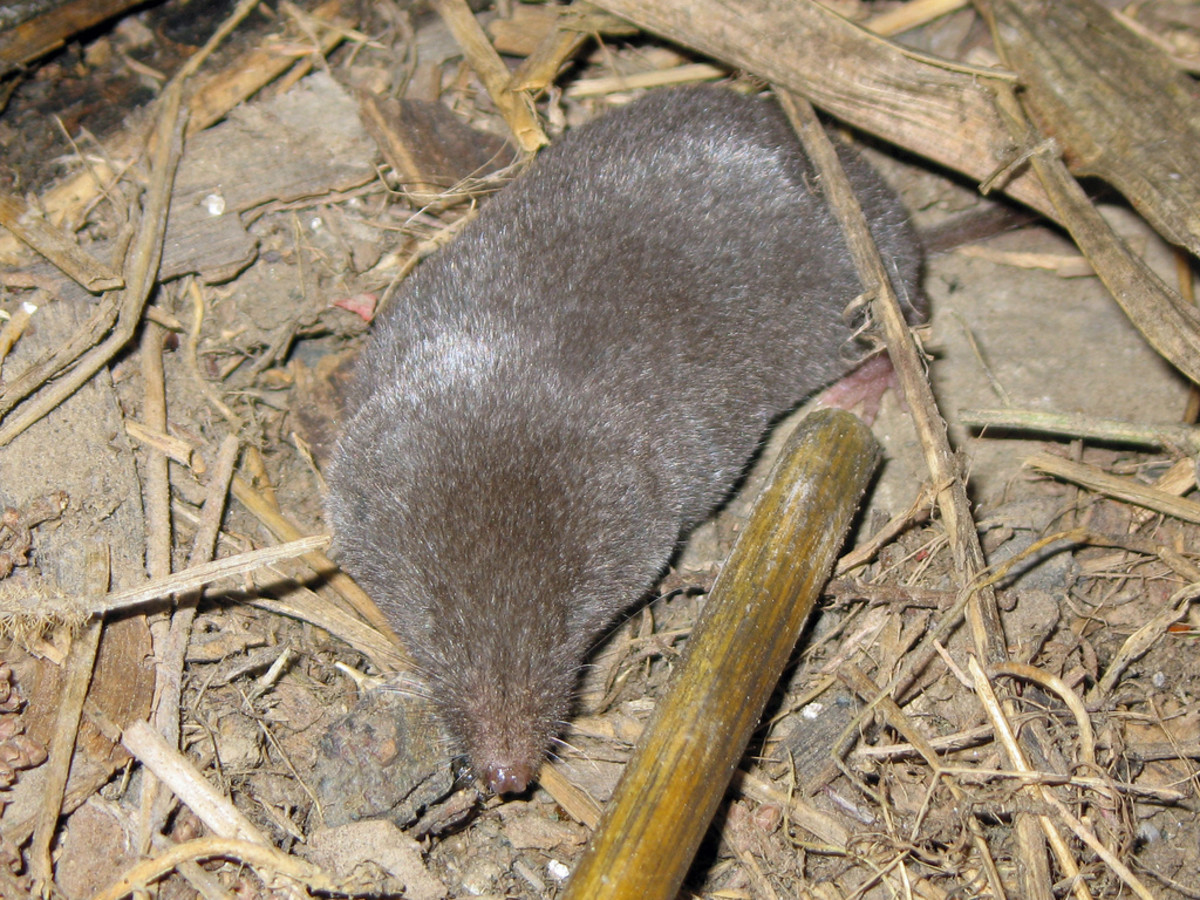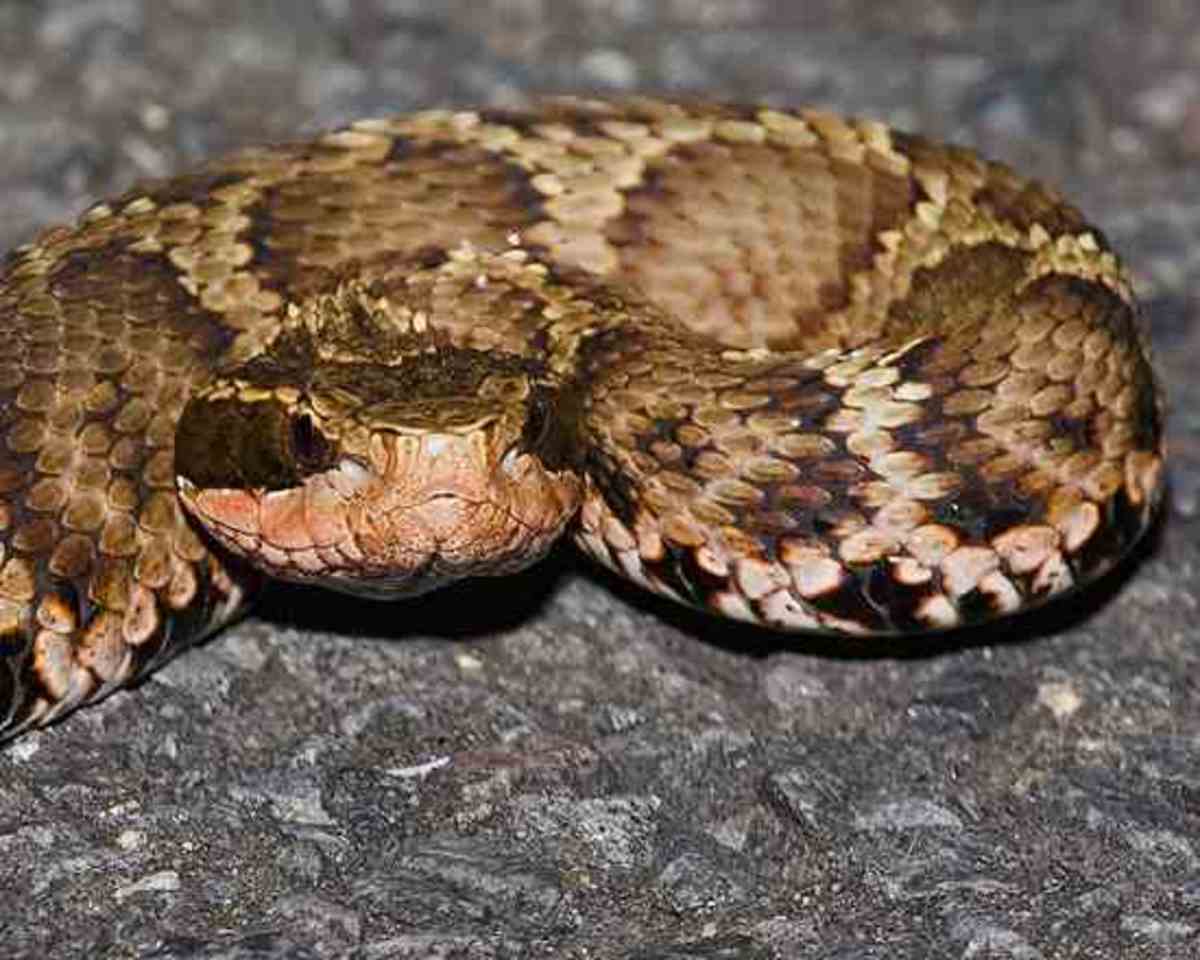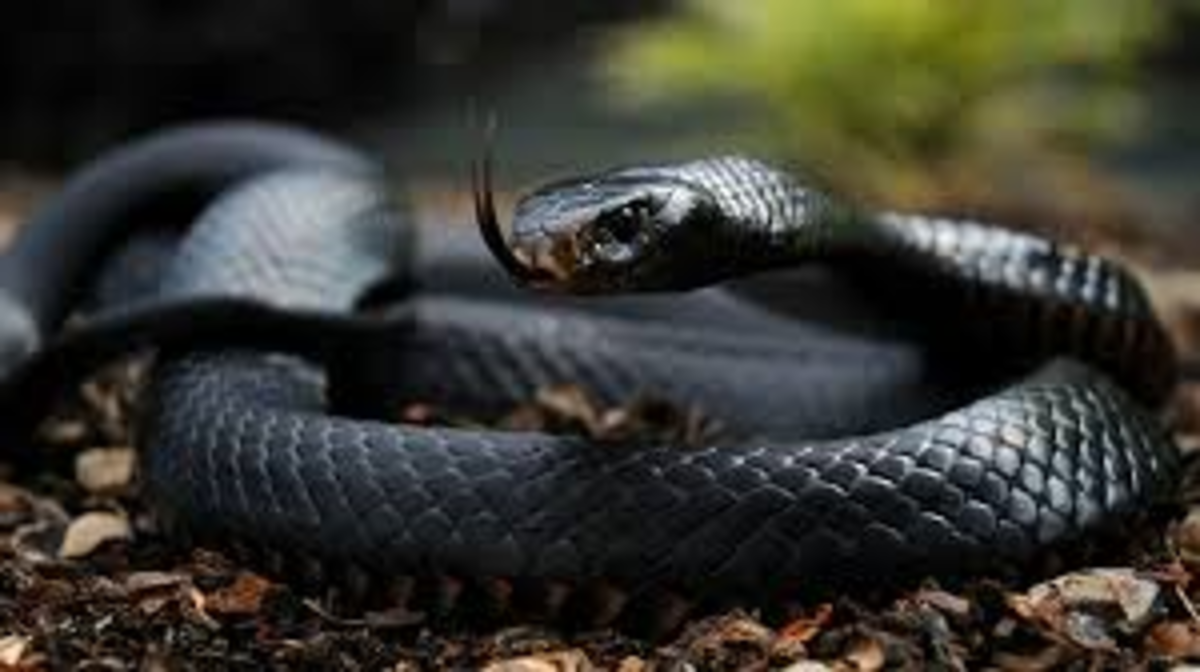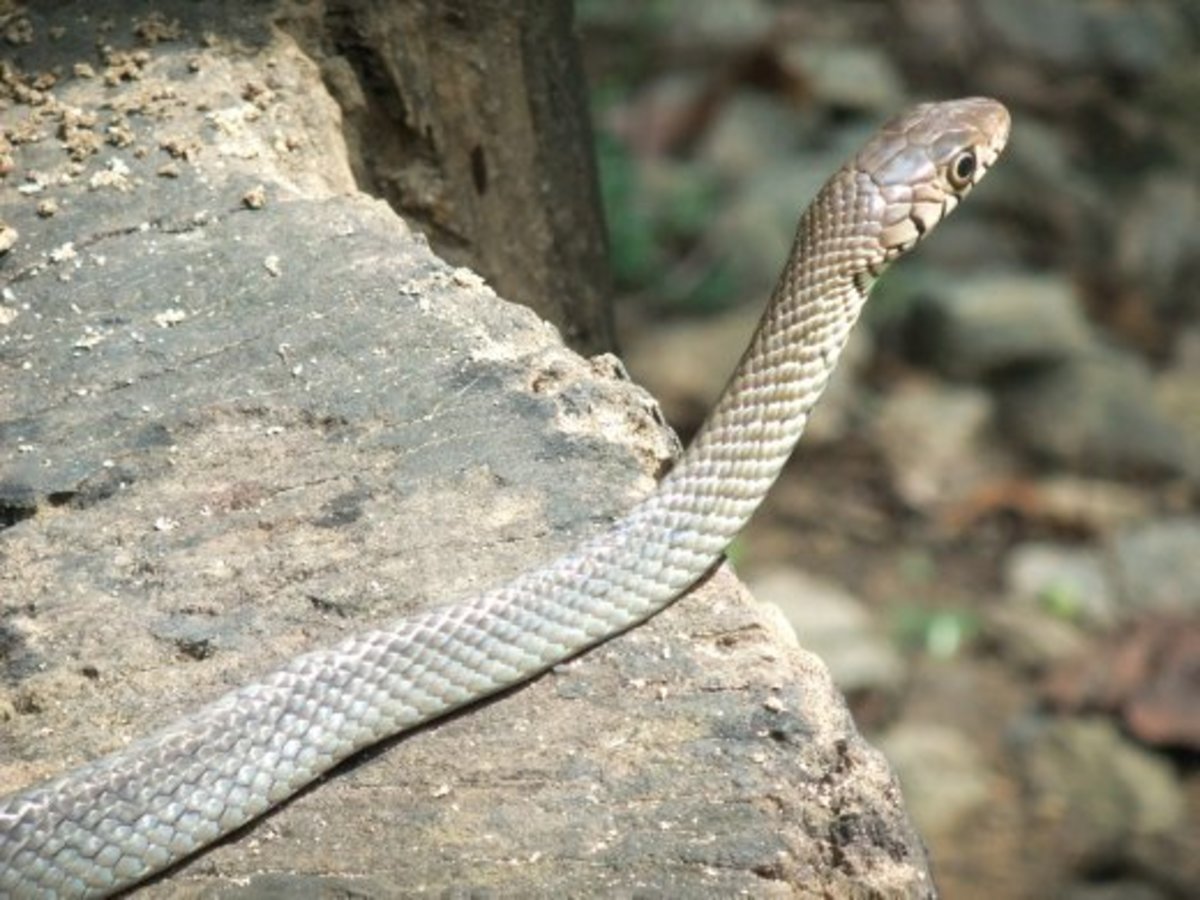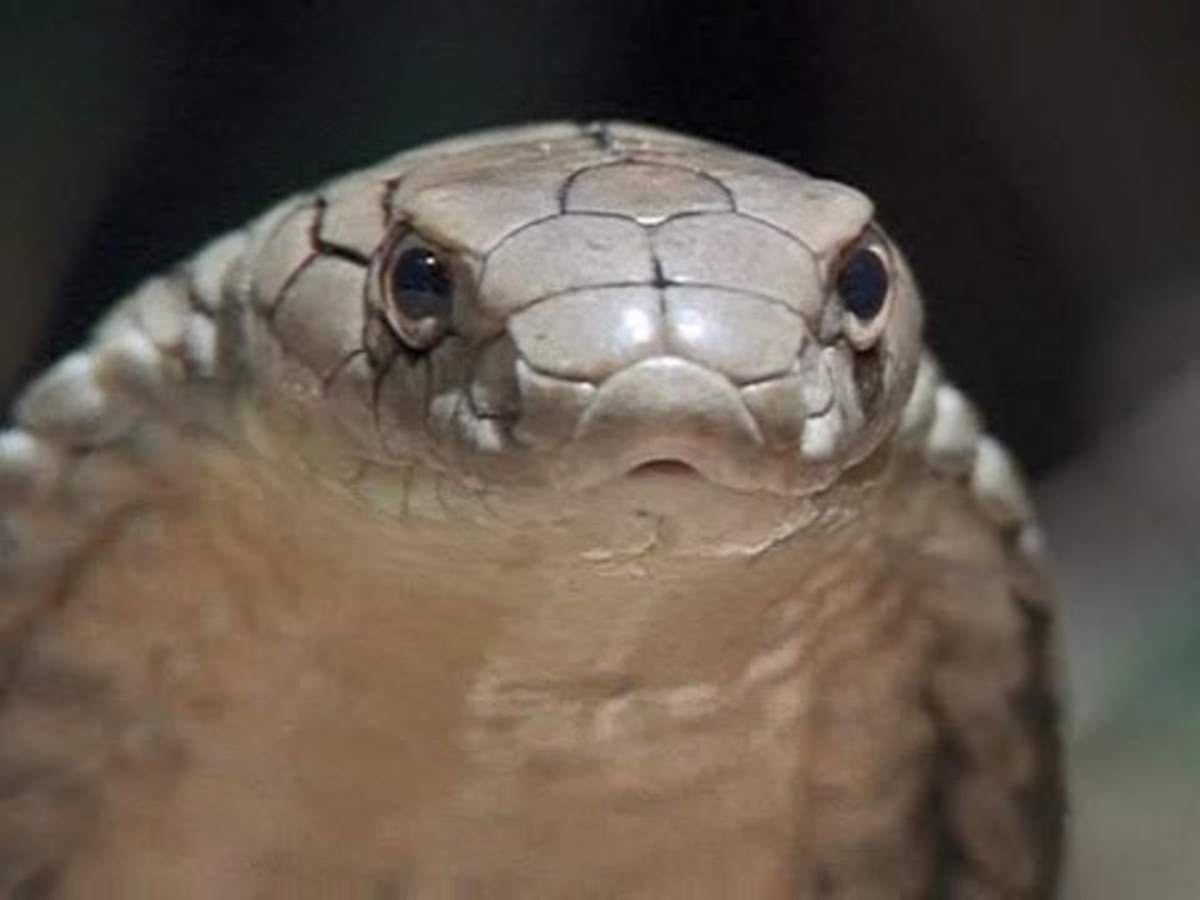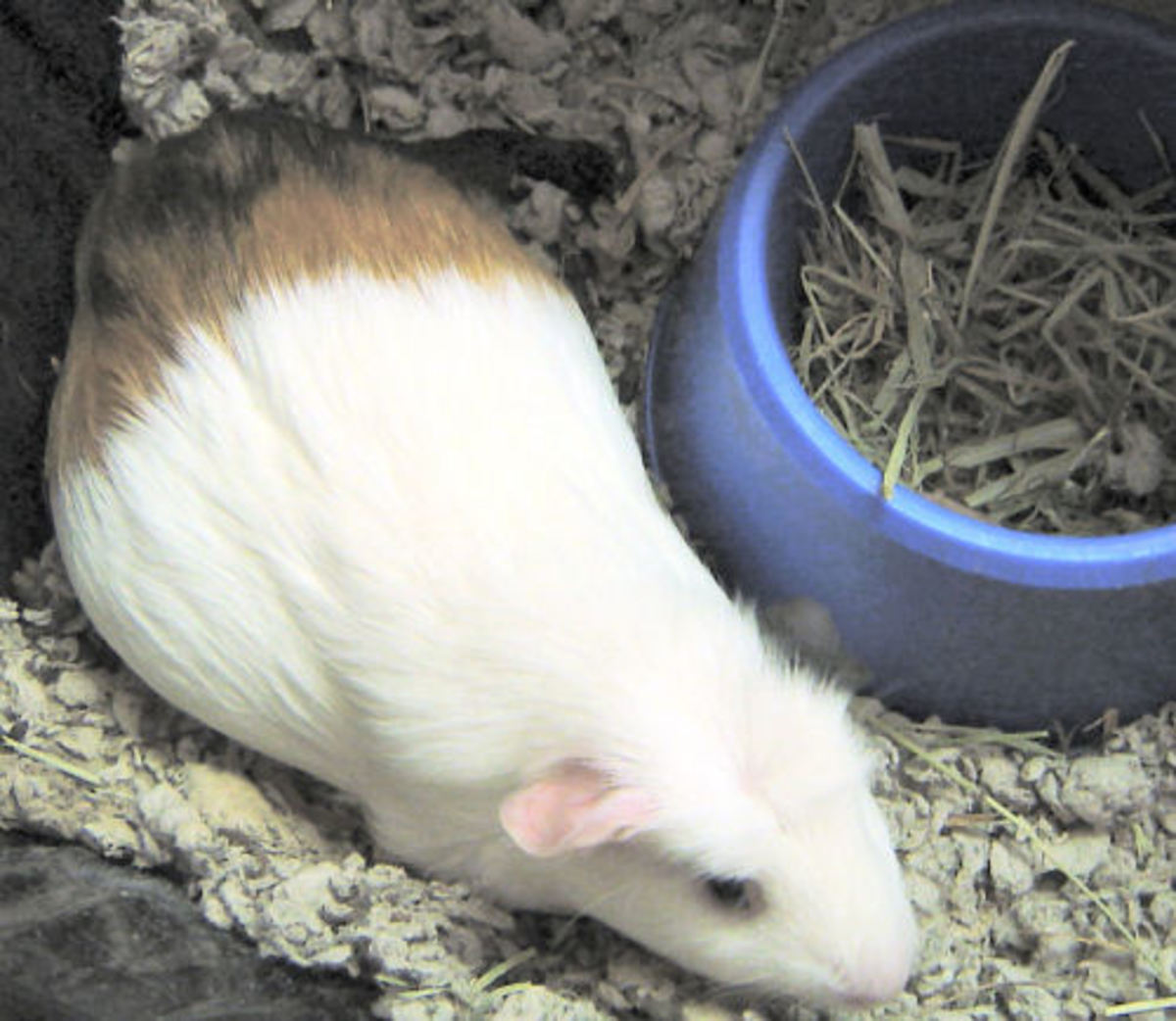Venomous or Poisonous Mammal? The Duck-Billed (Duckbill) Platypus
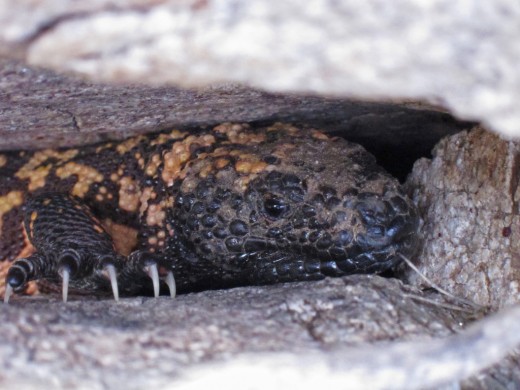
I typically try to avoid any and all creatures that use venom as a defense. So that means I usually steer a wide berth around snakes . . . spiders, centipedes, and scorpions . . . wasps and bees. And then there are also lizards to consider. But now it has come to my attention there are also venomous mammals, several in fact.
Venom is usually delivered through fangs, such as those that are possessed by a snake or spider. Bees and wasps deliver their venom through a stinger. How would a small mammal produce and use venom to catch their prey, or to defend itself? That will depend on the mammal. Let’s take a look.
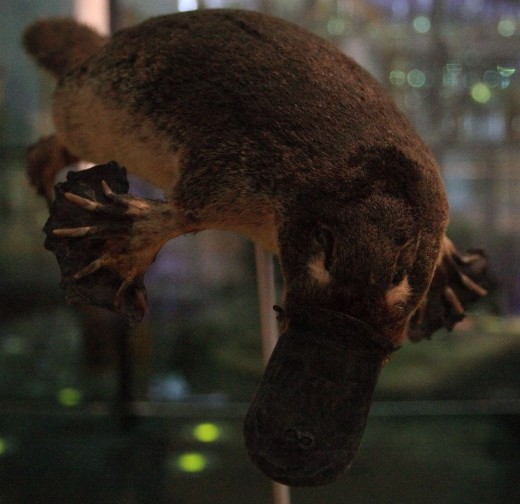

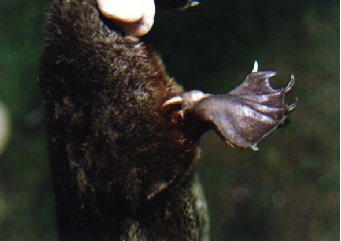
The Duck-Billed Platypus
An unusual creature, the duck-billed platypus, is one of these venomous mammals. The platypus lives on land and in freshwater streams, lakes and ponds in eastern Australia, including Tasmania. It tends to live on the water’s edge where it will dig its burrows into the bank, yet have water close by for hunting. The platypus has a territory of up to 4.4 miles (7 kilometers). A male’s territory will usually encompass the territory of 3 or 4 females. The platypus has a lifespan of 10-17 years.
The platypus is a very unusual looking creature. It could almost be described as a Frankenstein of the animal kingdom. It looks like someone took left over parts -- a duck’s bill, beaver’s tail, and otter’s feet (webbed) – and created an animal! Then to make it even stranger, even though a mammal, it was given the ability to lay eggs, and deliver venom! When scientists first discovered it, they found it to be so strange that they were convinced that it was a hoax! Imagine seeing a platypus for the very first time!
The male platypus has a spine or a spur (like a rooster) on its hind ankles. The venom is powerful enough to kill smaller animals, but is not lethal to humans. Although not lethal, the wound will cause excruciating pain, followed quickly with swelling that gradually spreads. The pain may persist for days or even months! The platypus does not use its venomous spur for hunting purposes. Instead, it uses it to defend itself and is capable of delivering a very painful sting. Although born with a spur bud, the female platypus is not venomous. In females, the spur bud sloughs off around one year of age.
Since only the male platypus has this venomous spur, and because the production of the venom increases during breeding season, it is thought that it might be used to assert dominance. It may also be used to defend its territory against competitors.
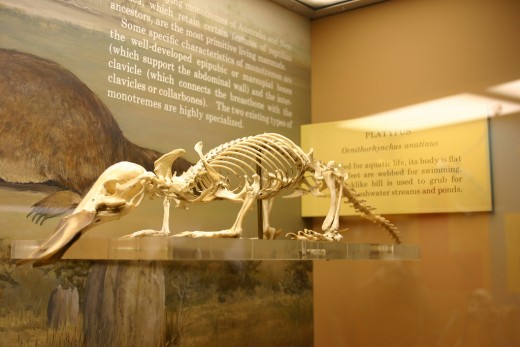
The platypus is about the size of a small cat, growing to about 17-20 inches (43-50 cm) long and weighing between 1.5-5.3 pounds (700 g - 2.4 kg). Like one of its neighbors, the Tasmanian Devil, the platypus stores fat in its tail. The males are larger than the females.
Because the platypus’ legs and feet extend out from its body, its gait could be described as lizard-like.
As a mammal, the platypus is very unusual in its reproduction methods. It lays eggs instead of giving birth to live young! After the eggs hatch, the babies, called puggles, drink milk from tiny openings in the mother’s abdomen.
The platypus has been heard emitting a low growl when disturbed, and using other vocalizations while in captivity.
The platypus is unusual in another aspect – it is the only mammal to have a sense of electro reception. Electro reception is the ability to receive and make use of electrical impulses. The receptors are located in the skin of its bill.
A platypus feeds by digging in the bottom of streams with its bill. The receptors help the platypus to locate its prey. Amazingly, the receptors are sensitive enough to detect tiny electrical currents caused by the muscle contractions of its prey!
Platypus are carnivores, eating crayfish, worms, insects, snails and shrimp that they strain from the mud using their bill.
It was widely hunted for its fur until the early 20th century, but it is now a protected species.
So this unusual mammal lays eggs, has physical characteristics of a duck, an otter, and a beaver, is the size of a cat, has electro reception capabilities, and walks like a lizard. It would not be the least bit surprising if the platypus needed counseling for an identity crisis.
They are not alone . . .

Your Future is Waiting! Do you feel you have great information or stories to share with others? Sign Up Here. . . It’s quick, easy and free to join HubPages!



